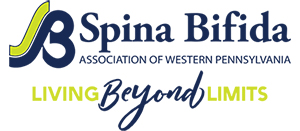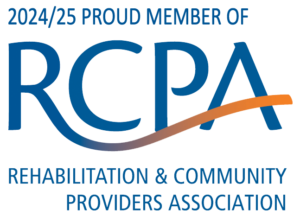Preventing or Delaying Secondary Disability
In infancy and early childhood, early intervention programs are prevalent. Although the criteria differ somewhat state by state, services should be available to any infant or toddler who has a developmental disability or who is at risk, and to that child’s family. This is the time to establish a philosophy of care and lifestyle pattern. The establishment of a healthy lifestyle requires a strong interdisciplinary approach in which all team members come together and identify the characteristics specific to the individual and the behaviors that would therefore be therapeutic.
These behaviors can then be incorporated in a normal fashion into the person’s daily life. For example, if an infant has very low muscle tone, professionals should not teach the parent to undress the infant twice a day for facilitory brisk rubbing but instead should teach them methods of bathing, dressing, and diapering that incorporate the treatment techniques into the child’s regular routine.
Attention during early childhood should be focused on assisting the youngster to do what peers are doing. Assistive technology should be provided as age appropriate and condition appropriate. This is the time to imbue the child with self-confidence, not with the need to be a superperson.
During Transition Periods: The times when people are moving from one stage of life to another provide optimal opportunities for carefully examining all aspects of life and reassessing the best approaches to problems. Transition times are good times to convene the interdisciplinary team appropriate for that particular stage of life to help the person develop a revised plan for accomplishing his or her goals. These times are excellent for determining needed supports (e.g., medical, therapeutic, family, financial, assistive technology) and the best means to obtain them.


